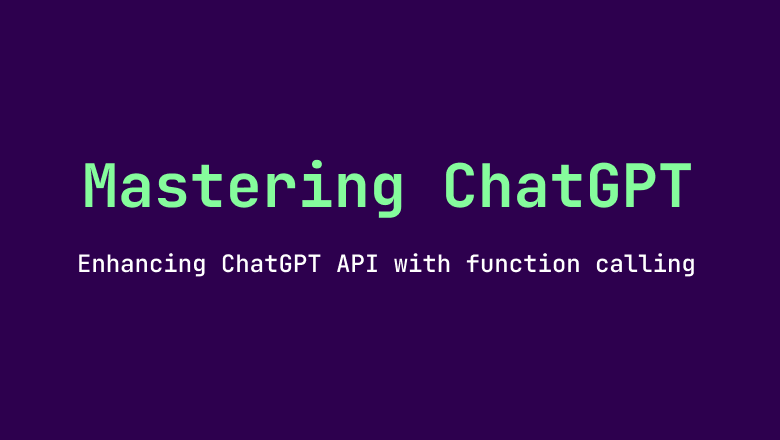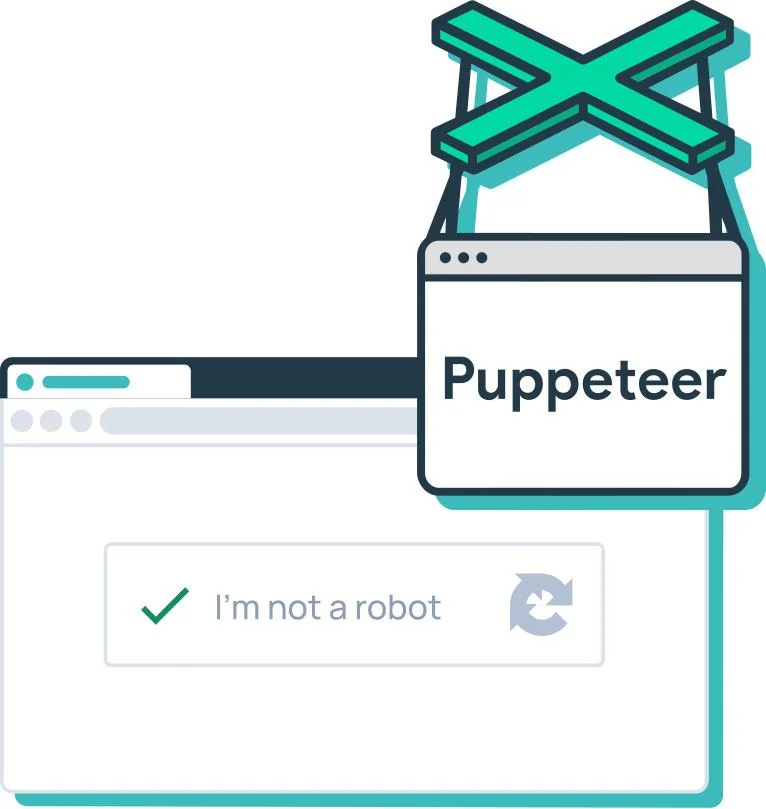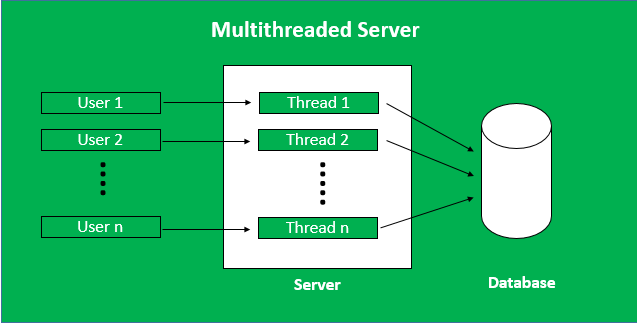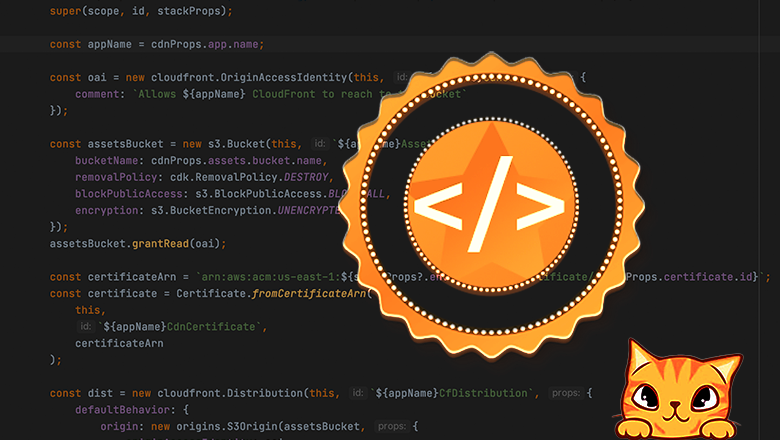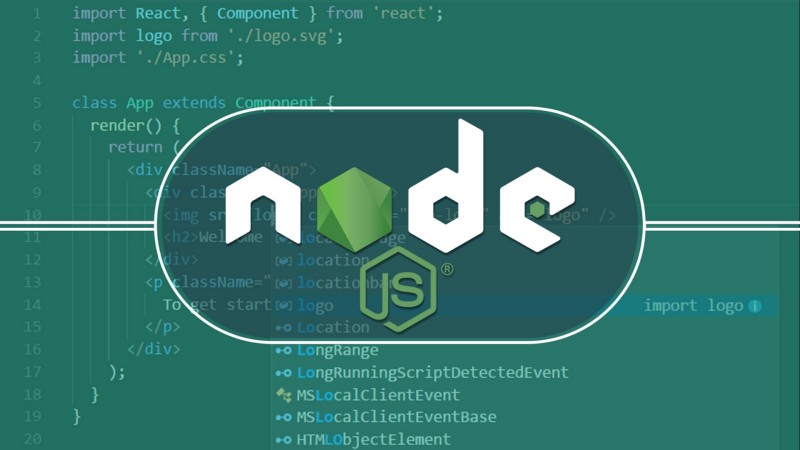A small epigraph - if you are making an instruction, then do it to the end, otherwise instructions on how to solve the Amazon captcha for junior developer will be as clear as mud.
What's it all about? When I needed to solve a captcha from Amazon, the notorious Waf Captcha, I started looking for information at a service that I constantly use when I work with Key Collector and some other services (2 captchas - it’s a pity Habr bans articles for referral links).
I found instructions there and posted the link to it above. As you probably understood from the epigraph, I didn’t understand a thing, or rather, I understood that I needed to use the API, but that’s all...
It was much easier with Selenium
The main issue is the short timeout given for a solution from Amazon's side. The time to solve the captcha is limited, and if there's no response, the captcha refreshes (two of its parameters get updated - iv and context)
It turns out the captcha freshness timeout is about 30 seconds, and in that time, you need to find the parameters on the page, copy them, paste them into the script code, and run it. After that, 2captcha should solve it and return the correct answer. I tried to do this for a couple of fruitless hours, developing a routine of actions, but alas, searching for and replacing the changing parameters takes at least 12-15 seconds, leaving only 15 to 18 seconds for the captcha to be solved by the service, which in current realities sounds quite fantastical.





